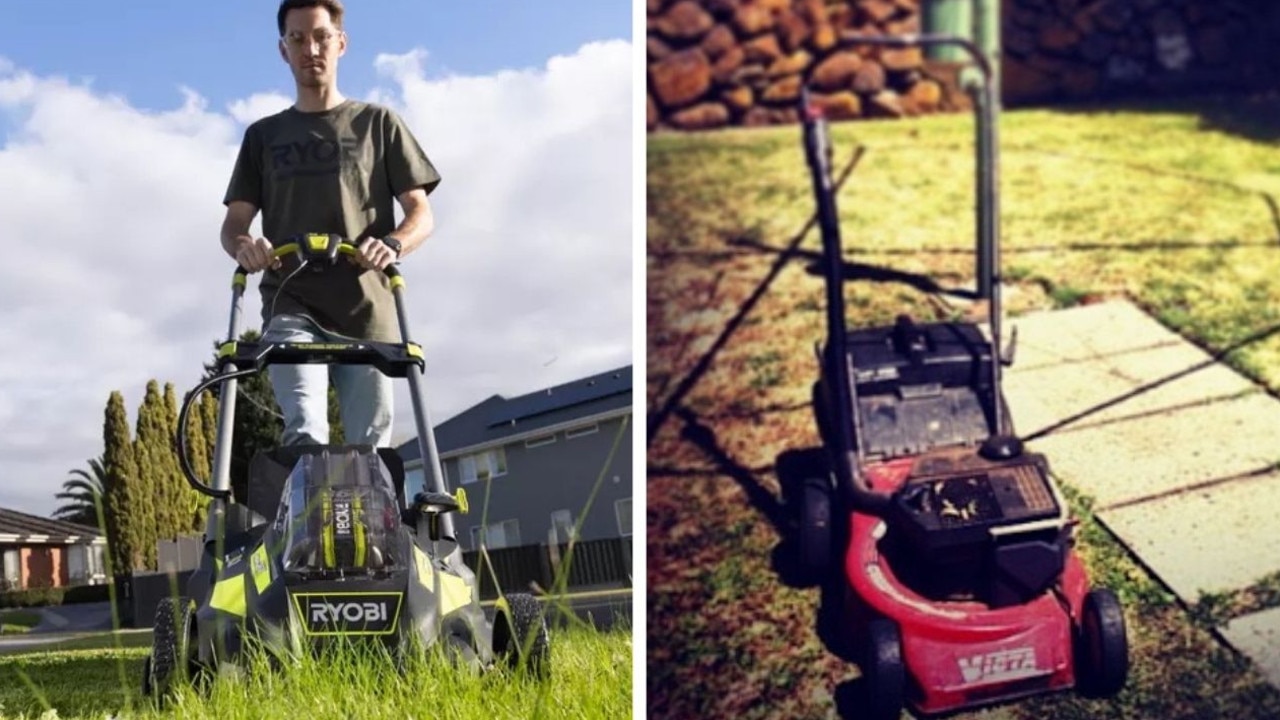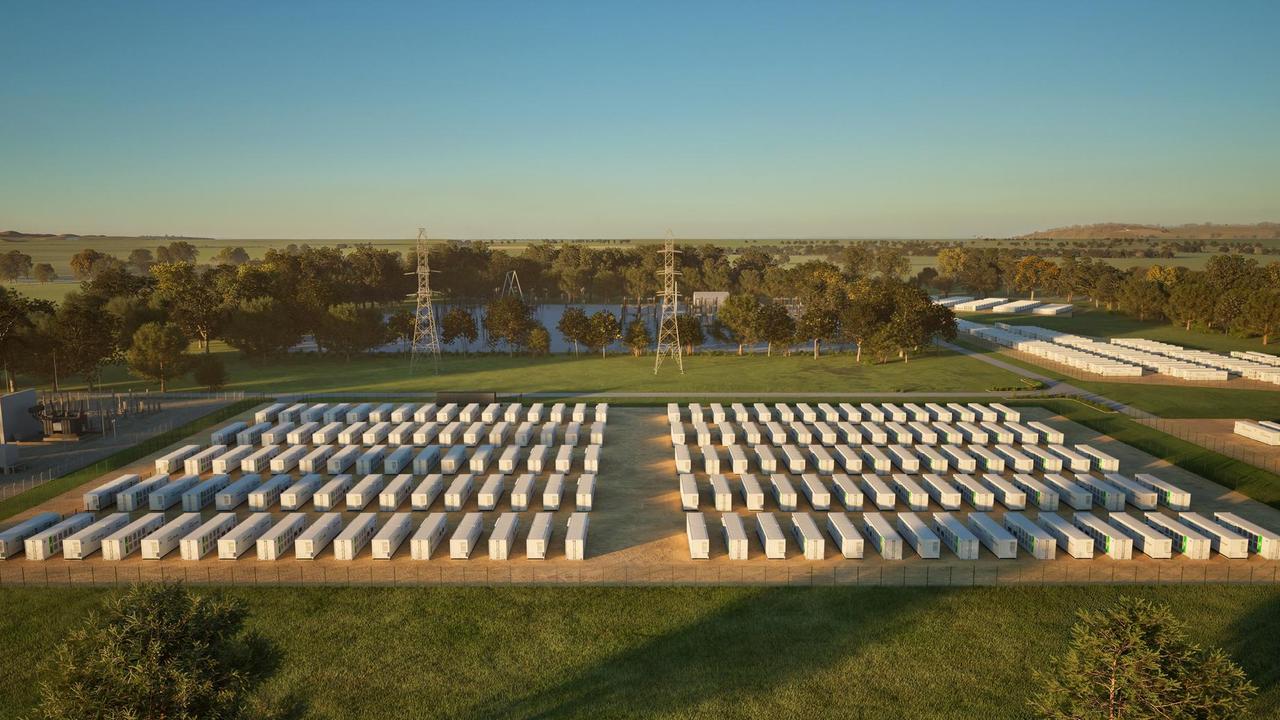Westpac’s new chief to improve technology but not at the expense of banks’ social licence
New Westpac chief executive Anthony Miller has prioritised technology in order to simplify the bank’s business and says a national effort’s needed to help Australians buy a home.
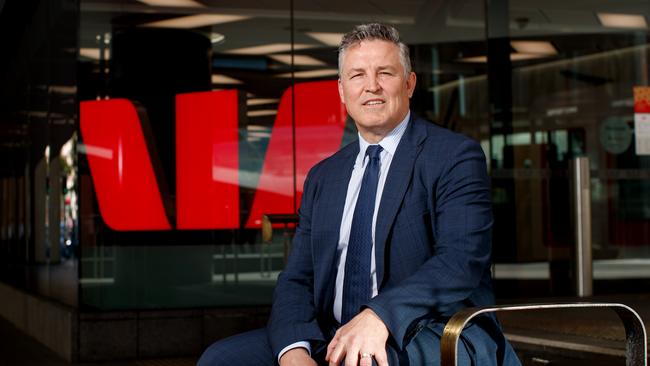
Westpac’s new chief executive, Anthony Miller, has prioritised a major technology push in a bid to simplify the bank’s business and called for a national effort to allow more Australians to buy their own homes amid an ongoing property boom.
Westpac, a $7bn profit machine, has more than 35,000 staff and is now on a mission to tame its brands and internal systems.
Mr Miller, who starts as chief executive on Monday, now assumes the hefty responsibility of leading Westpac through possibly its biggest project yet.
A former Deutsche banker, he was elevated to run Westpac in September when the bank’s board revealed he would succeed the well-liked but reluctant leader Peter King, who took on the top job five years ago in the wake of a string of scandals.
Mr King, the former chief financial officer at Westpac, was appointed in December 2019 after Austrac imposed a $1.3bn penalty over repeated breaches of money laundering laws.
On his way out the door Mr King has pulled the trigger on Westpac’s Project Unite, set to be the biggest project for the bank since the risk remediation turmoil in the wake of the Austrac penalties. The simplification plan, expected to chew up 40 per cent of Westpac’s total investment spend over the coming three years, sees the bank combing through computer systems and practices in a bid to unify systems.
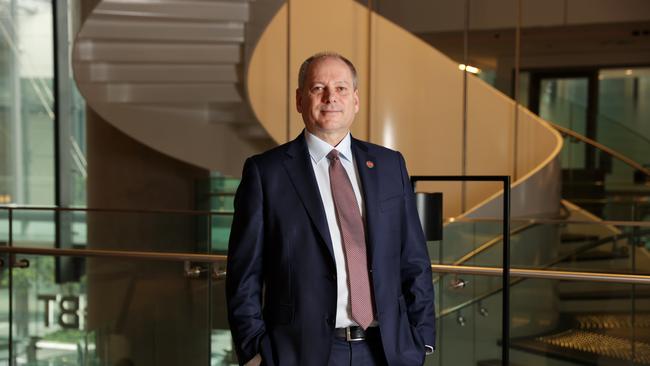
Mr Miller said the simplification drive was a “really great opportunity for us now to start to try to grow the business and try compete more actively”. “One of the areas we think we can do more: we’ve spent a lot more time and resources trying to improve the customer service proposition,” he said.
But Mr Miller said he didn’t think Westpac waited too long to launch the simplification drive, and that the bank first had to slim down the number of businesses it would need to tame. “Now this is about saying let’s simplify the way we do things and find one way to do it and make sure everything’s done that one way, and then simplify the tech stack as a result of that,” Mr Miller said.
“I don’t think it could have been done the way we’re doing it earlier, because it was all about getting the portfolio tidied up.”
Some analysts have argued Westpac’s remediation plan, agreed to with the Australian Prudential Regulation Authority in December 2020, has made the bank uncompetitive.
APRA also forced Westpac to hold an extra $1bn in capital as punishment for its failings, and relaxed the buffer by $500m in July this year.
Mr Miller said APRA’s remediation plan hadn’t made Westpac uncompetitive, but set it up “to be a sustainably competitive bank”.
“All those changes we made, they are embedded and are part of how we operate,” he said.
The new Westpac boss also weighed in on the lack of housing available for new-home buyers, arguing an Australia-wide approach was needed to fix the issue.
“The real priority needs to be all those people who want to get access to property,” he said.
“We all agree that there’s not enough units, there’s not enough houses of the right price to allow people to realise that dream and that’s what we’re going to have to work on as a country.”
He declined to be drawn on Australia’s record high house prices, only saying they had a “very significant role to play” in building wealth for homeowners.
At its latest results the bank revealed rising mortgage arrears, now topping 1.1 per cent of its portfolio.
More recent borrowers have been among the most troubled, often with huge mortgages.
But Mr Miller said the overall health of Westpac’s loan book, with arrears still below the long run average, was a sign of a very different loan market and a healthier bank.
“It’s remarkable,” he said.
He said APRA’s 3 per cent lending buffer, which requires banks to assess borrowers for potential rates above current levels, “has definitely helped”.
Westpac has been fighting rival lenders in the mortgage market, jostling for a share of a home lending business increasingly driven by pricing.
Mr Miller said he had to accept brokers “are here to stay and have a role to play” but acknowledged margins in mortgages “were such that returns are under pressure”.
Westpac has been cutting branch numbers, with APRA data showing branches have almost halved since 2017, from 1033 nationally to 517 in 2024.
But the shutdown of regional branches has been paused until at least 2027.
Westpac has also moved to co-locate Westpac and St George branches, but the two bank systems are still not interoperable.
Westpac picked up St George in a $19bn fire sale in 2008.
Mr Miller, who previously ran Westpac’s institutional and business lending arms, said branches “still mean a lot to a lot of people”.
“We can’t just assume banking is homogenous or online or digital,” he said.
“There’s no escaping people still want that ability to speak to someone, they still want that ability to connect with a human.”
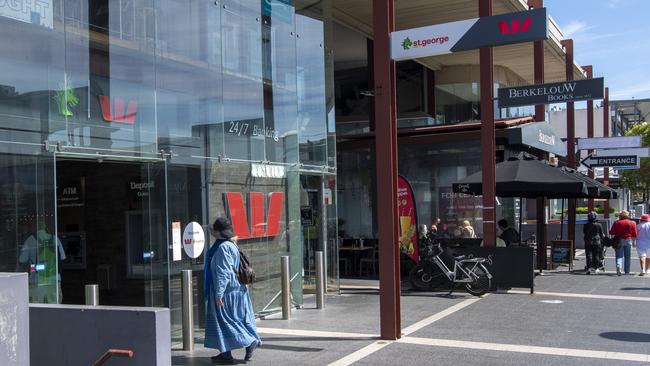
Mr Miller said Westpac wanted to grow its online banking offerings, including its digital mortgages, but would retain many in-branch operations for the time being. “It is about being a little bit more patient and realistic and then just honest about the fact that not everything will be digitised, nor should everything be digitised,” he said.
Commonwealth Bank recently copped flak over its move to shift almost a million customers out of legacy products and into new accounts, exposing them to $3 fees to withdraw cash over the counter.
It came amid concerns over access to cash as banks cut ATMs and cash distributors say circulation has fallen to the point of unprofitability.
Mr Miller said it was critical bankers listen to “where the community is at”. “Make sure that we’re not getting ahead of them in terms of what they want,” he said.
He said the mooted Regional Bank Levy, that would see branch-lite operators pay for those still servicing rural Australia, reflected the social licence the banking sector faced. “In Australia it is a privilege (to be a bank) and if we want to retain that privilege we have to make sure the community is satisfied with how we’re performing,” he said.
More Coverage
Originally published as Westpac’s new chief to improve technology but not at the expense of banks’ social licence




